BMW is set to introduce hydrogen-powered models before the end of the decade, the firm’s chairman has announced.
Chairman Oliver Zipse said that all future models will be designed with adaptability in mind, allowing them to be driven by a number of different powertrains.
Fuel Cell Electric Vehicles (FCEV) convert the hydrogen – traditionally stored in tanks – into electricity which is used to drive electric motors.
The only by-product from this process is water. However, there are currently only a few hydrogen filling stations in the world, with the UK having just 11, two of which are in Scotland – one in Aberdeen and the other in Wallyford.
We will launch a hydrogen car before this decade ends, that’s not that far away. Just over eight years
Zipse believes that as EV charging infrastructure struggles to keep up with the growing appetite for electric cars on the road, there will be a larger space for hydrogen-powered cars.
He said: “If you have an architecture package (that is ready for) hydrogen, it is exactly the same size of your battery pack. It’s not a problem at all.
“That’s why architectures are so important. Flexible architectures are the key to everything.
“And if you have not thought about that, you will not be able to offer your products in specific regions in the future.
“We will launch a hydrogen car before this decade ends, that’s not that far away. Just over eight years.”
Targeting areas without EV charging facilities
Zipse also said BMW will target areas that do not have sufficient charging infrastructure and where hydrogen will prove ideal.
“That’s already visible today,” he said.
“And at the same time, you will get local regulations where you have to be emission-free. The only option in these markets is hydrogen, especially for larger cars.”
Currently, only Honda and Hyundai have launched hydrogen-powered cars. However back in March, BMW put an iX5 Hydrogen through testing in the Arctic Circle ahead of a ‘small series’ of vehicles being released for testing.
The announcement comes after Zipse this week claimed the UK government had moved too fast and too soon with its ambitions for new car sales to become fully electric by 2030, citing serious concerns over charging infrastructure in the UK and how it has not yet caught up with the country’s electric car sales ambitions.
He said: “To have a country without charging infrastructure, to think you can do only electric cars, is a dangerous thing.”
In November 2020, the UK government announced it would ban the sale of new petrol or diesel cars from 2030. Hybrids will be banned from 2035.
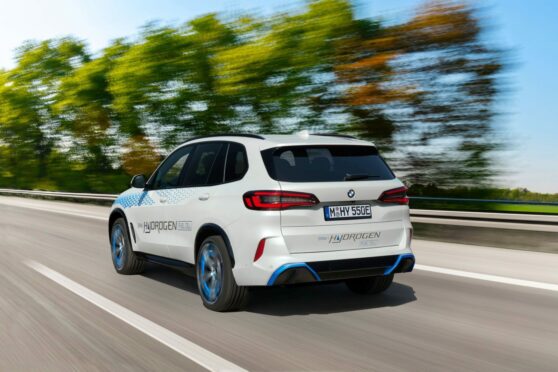




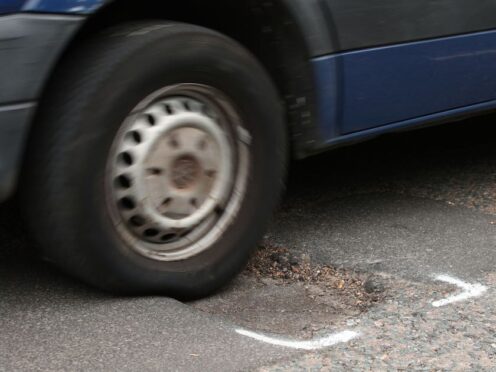
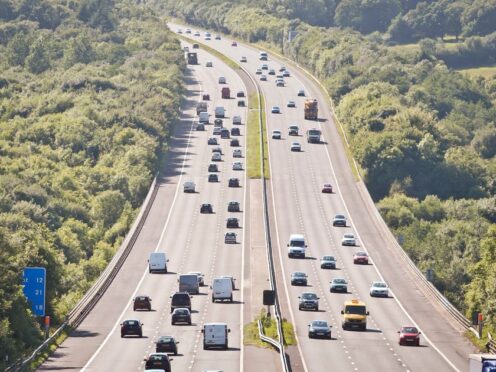
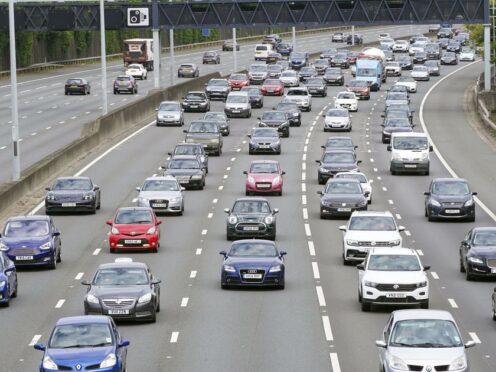
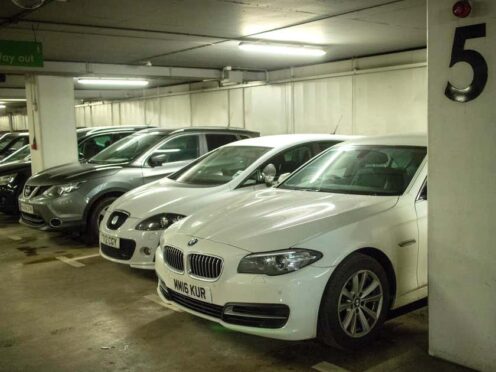
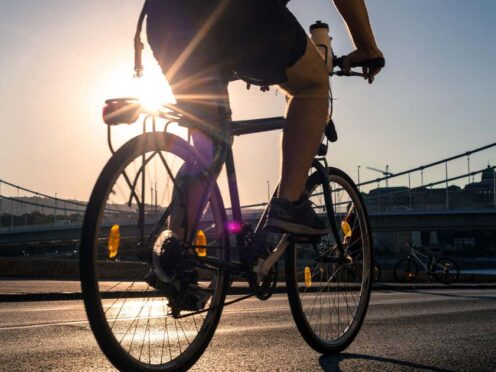
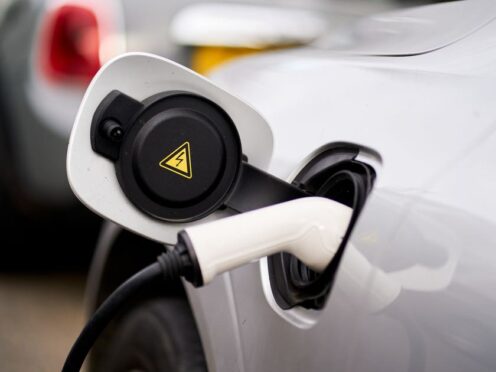
Conversation